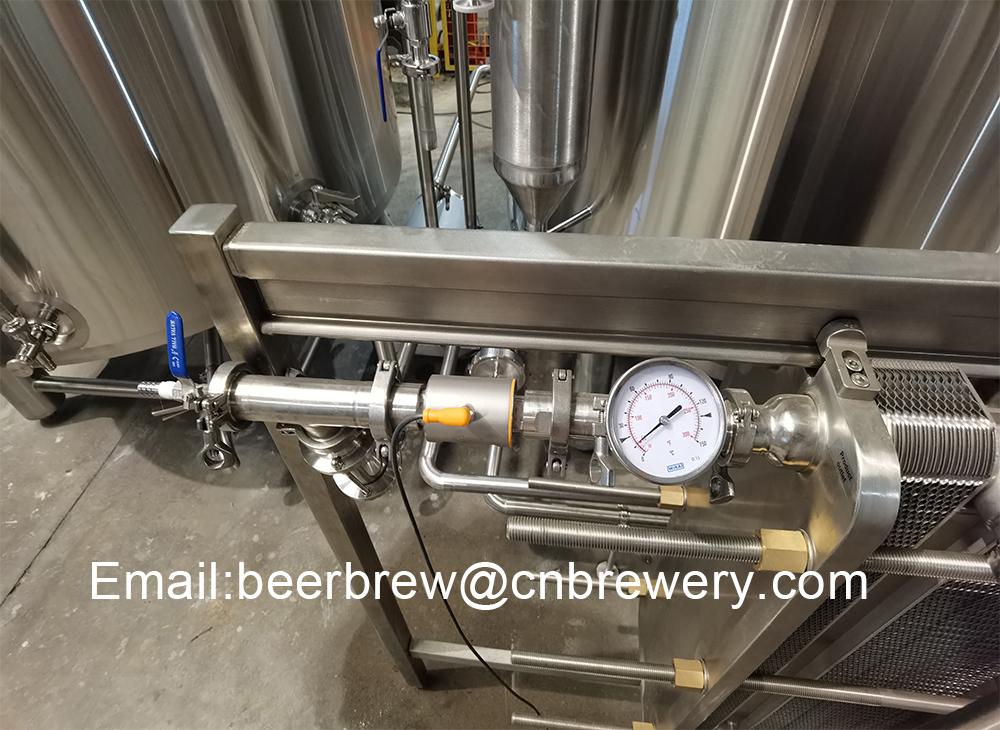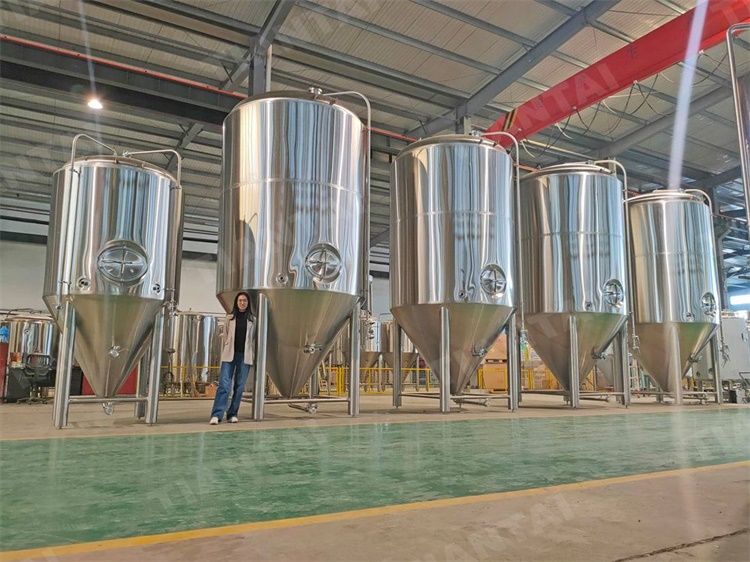
Pros:
Efficient Heat Transfer: Double-section heat exchangers generally offer improved heat transfer efficiency, which is beneficial for processes like wort cooling during brewing.
Temperature Control: The multiple sections allow for better control over the temperature profiles of the brewing fluids, essential for maintaining optimal conditions during different stages of the brewing process.
Compact Design: Depending on the space constraints in a microbrewery, a double-section heat exchanger may provide efficient heat exchange within a relatively compact design.
Versatility: Microbreweries often produce a variety of beer styles, and a double-section heat exchanger can be versatile enough to handle different temperature requirements for various brewing processes.
Reduced Fouling: Multiple passes can distribute the impact of fouling substances, potentially reducing fouling-related issues and extending the operational lifespan between maintenance cycles.
Cons:
Complex Design and Installation: The design and installation of a double-section heat exchanger can be more complex, which may require specialized knowledge and expertise during setup. This complexity could lead to higher installation costs.
Higher Initial Cost: The initial investment for a double-section heat exchanger is typically higher than simpler designs, which might be a consideration for microbreweries with budget constraints.
Maintenance Challenges: While the multiple passes can help reduce fouling, cleaning and maintaining a double-section heat exchanger might be more intricate and time-consuming.
Energy Consumption: Multiple passes can result in a higher pressure drop and increased energy consumption. Microbreweries need to assess whether the benefits of enhanced heat transfer outweigh the potential higher operating costs.
Limited Scale: In some cases, the scale of a microbrewery might not justify the complexity and cost associated with a double-section heat exchanger. Simpler heat exchanger designs may be more appropriate for smaller-scale operations.
When considering a heat exchanger for a microbrewery, it's essential to balance the advantages of improved heat transfer and temperature control with the specific needs, budget constraints, and available space in the brewery. Additionally, consulting with experts in brewing equipment and heat exchanger design can help make an informed decision based on the unique requirements of the microbrewery.
Thank you for your reading.
Edited by Helen
Email: [email protected]


.jpg)



Get In Touch